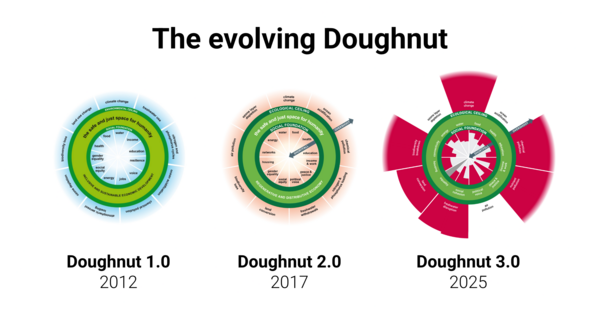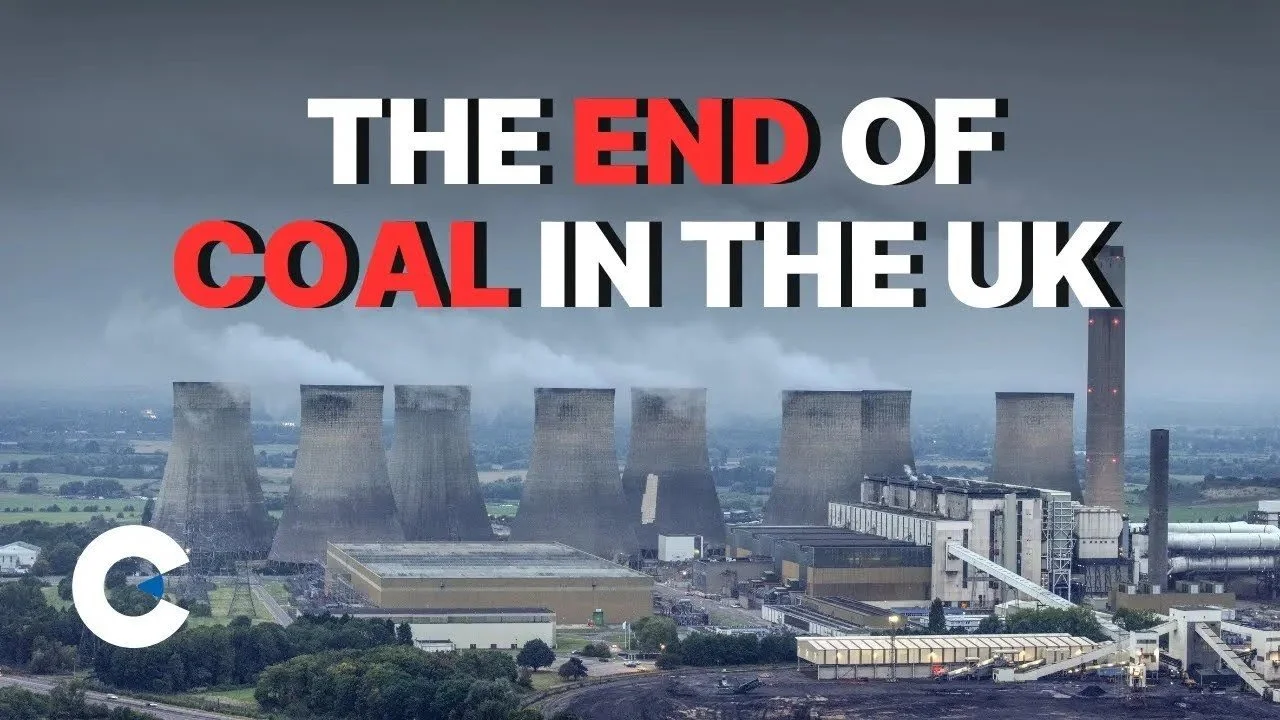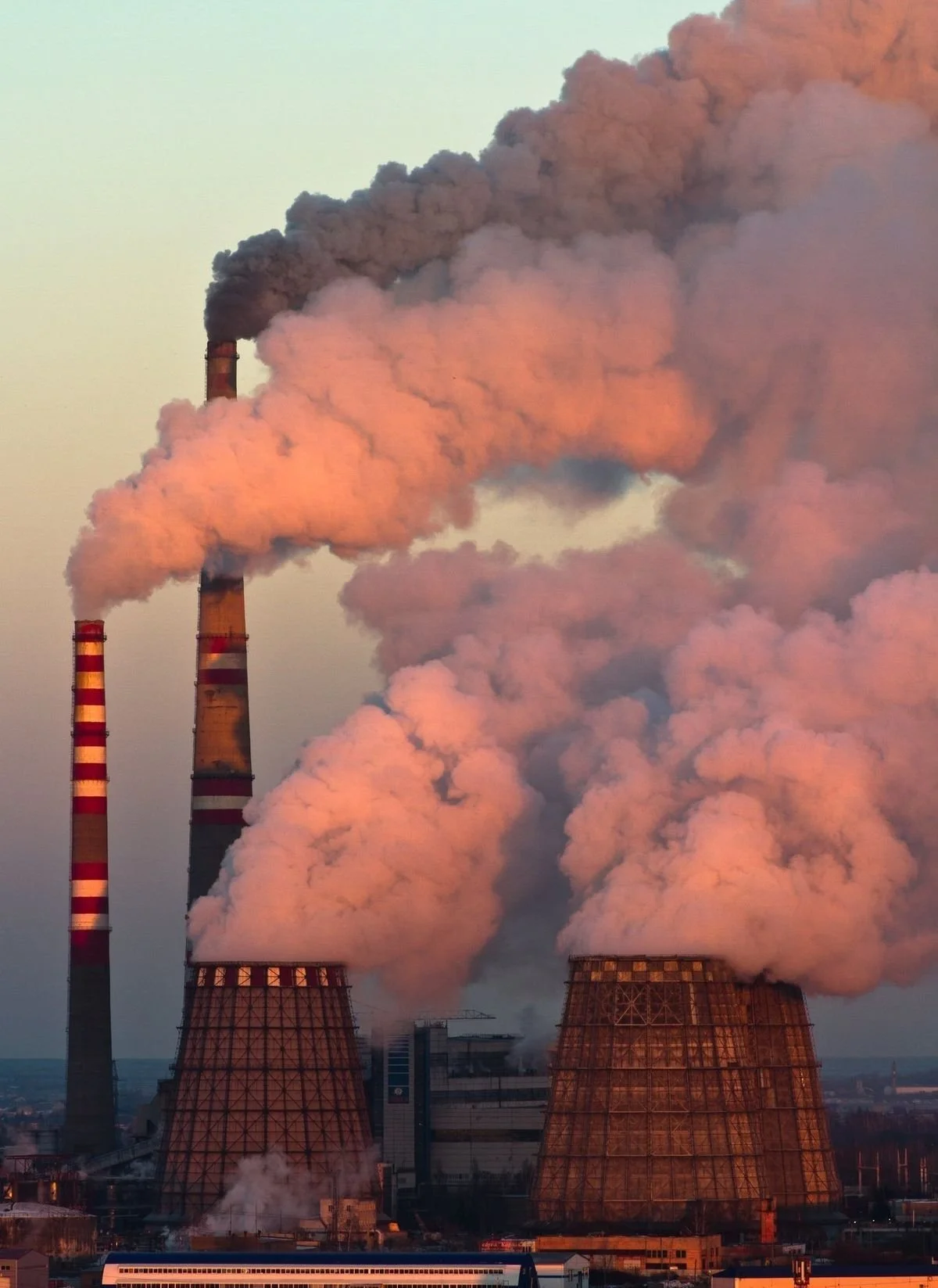The 2025 Doughnut Marks a New Chapter for Sustainable Economics
The 2025 update to Doughnut Economics marks a pivotal moment in how we measure progress. Co-authored by Kate Raworth and Andrew Fanning of the Doughnut Economics Action Lab (DEAL), and peer-reviewed for the first time in Nature, the new model transforms the Doughnut from a static framework into an evolving global monitor of humanity’s social and ecological balance (Fanning & Raworth, 2025).
What is the Doughnut Economics model?
At its core, Doughnut Economics measures how well societies meet everyone’s needs without breaching the planet’s ecological limits. The inner ring of the Doughnut represents a “social foundation”, the essentials for human wellbeing such as health, education, income, and equality. The outer ring marks the “ecological ceiling,” beyond which lie planetary overshoots like biodiversity loss, climate change, and deforestation.
In this year’s update, the Doughnut has become a living data system, tracking social and ecological change annually from 2000 to 2022, and it will continue to update each year. This means we can now see not just where humanity stands, but how fast we’re moving in or out of balance (Doughnut Economics Action Lab, 2025).
What the 2025 Doughnut reveals
The 2025 analysis introduces new visual tools, including a diagram nicknamed “the Baguette”, that unrolls the Doughnut to show two decades of global change. It reveals that while global GDP has roughly doubled since 2000, many ecological boundaries have worsened, even as some social deficits have narrowed (Fanning & Raworth, 2025).
By grouping countries into income clusters (the poorest 40%, middle 40%, and richest 20%) the analysis makes a stark reality visible, in that the world’s wealthiest nations drive most of the ecological overshoot, while the poorest continue to face the greatest social shortfalls. It’s a powerful diagnostic tool for understanding who is responsible, and who is at risk.
Image source: Doughnut Economics Action Lab (DEAL), “The Evolving Doughnut,” published September 15, 2025.
Why the 2025 Doughnut matters for business and investors
As governments and businesses seek to align with climate and biodiversity goals, the question many are asking: how can the Doughnut model guide investment and policy? — is now easier to answer. The framework provides a measurable way to assess how economic activity performs against both planetary boundaries and social outcomes.
For impact investors, this is particularly relevant. The new data enables comparisons across regions, sectors, and indicators, offering insight into which economies are moving toward regenerative and distributive models and which are not. It’s a reminder that growth without balance is no longer progress; it’s risk accumulation. For sustainability professionals, economists, and investors alike, the 2025 Doughnut tell us that the future of prosperity will be measured not by how much we grow, but by how well we thrive within limits.
References
Fanning, A. & Raworth, K. (2025). Doughnut of social and planetary boundaries monitors a world out of balance. Nature. https://www.nature.com/articles/s41586-025-09385-1
Doughnut Economics Action Lab (2025). The Evolving Doughnut. https://doughnuteconomics.org/tools/the-evolving-doughnut




